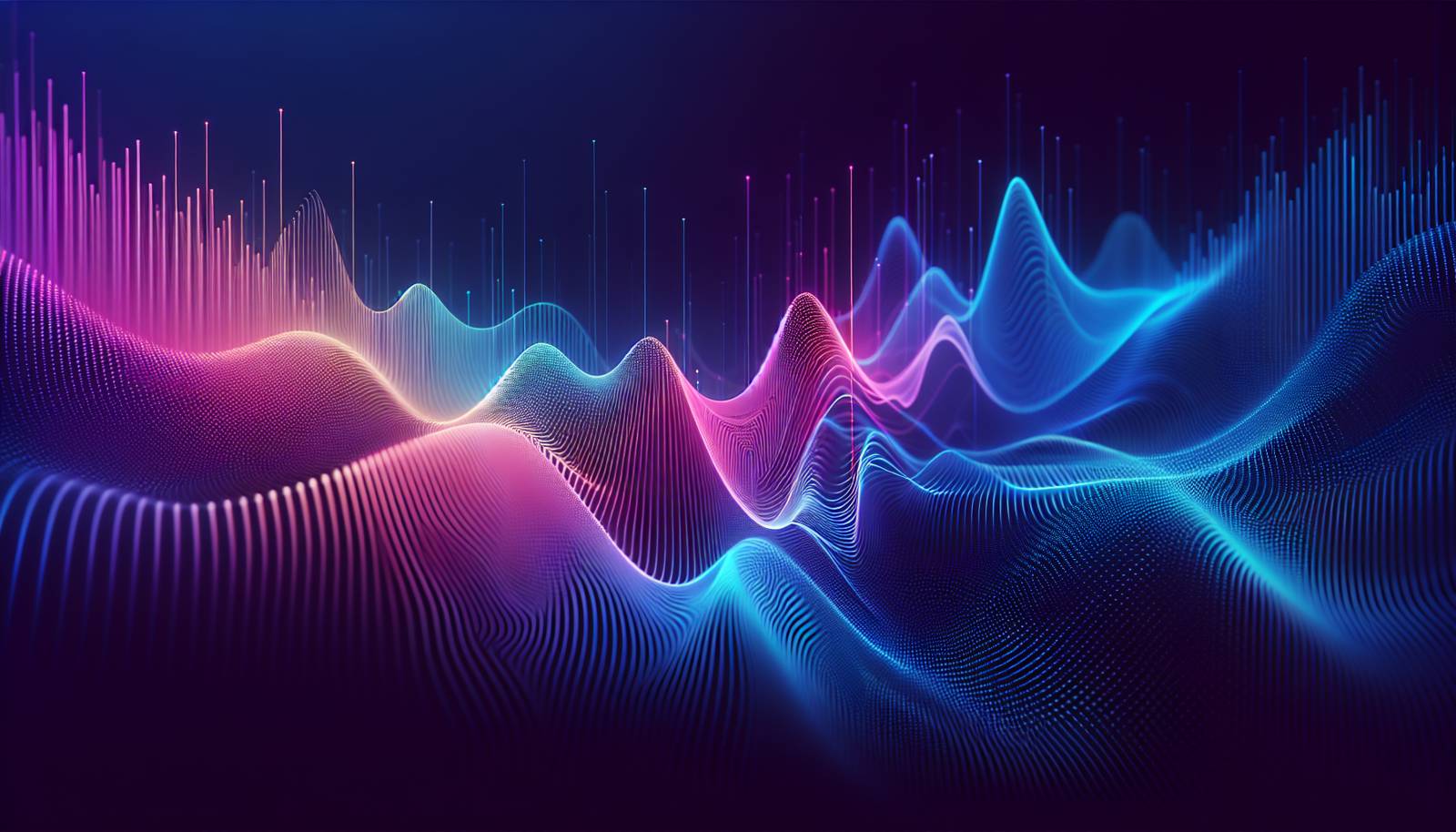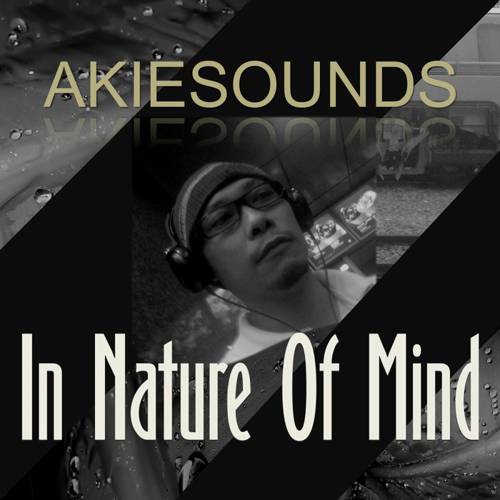
FAQ About The Evolution of Electronic Dance Music (EDM)

What is Electronic Dance Music (EDM)?
Electronic Dance Music (EDM) is a broad range of percussive electronic music genres produced primarily for dance-based environments such as nightclubs and festivals. It encompasses styles like house, techno, trance, drum and bass, dubstep, and more. The music is usually made using electronic instruments such as synthesizers, drum machines, and sequencers.

How did EDM originate?
EDM originated in the late 1970s to early 1980s, with electronic music pioneers like Kraftwerk, Giorgio Moroder, and Jean-Michel Jarre laying down the groundwork. The genre evolved from disco and electronic pop, with Chicago house and Detroit techno emerging as early forms of EDM. Over the years, it has grown into a global music phenomenon.

What technological advancements have influenced EDM?
Several technological advancements have significantly influenced EDM. The development of synthesizers, drum machines, and software like Ableton Live, FL Studio, and Logic Pro has transformed music production. Additionally, advancements in sound engineering and audio technology, such as dynamic range compression and digital sound processing, have enhanced live performance and recording quality.

How has EDM impacted music festivals?
EDM has transformed music festivals by creating immersive experiences that combine music with elements like visual art, pyrotechnics, and light shows. Festivals such as Tomorrowland, Ultra Music Festival, and Electric Daisy Carnival have become cultural phenomena, attracting millions from around the world and putting EDM at the forefront of live music experiences.

What distinguishes EDM from other music genres?
EDM is distinguished by its emphasis on rhythm and bass, reliance on electronic sounds over traditional instruments, and its purpose for dance-oriented environments. Unlike other genres that typically focus on lyrical content or acoustic sounds, EDM prioritizes beat-driven, synthesized music, often with repetitive and energetic structures.

Who are some iconic figures in the evolution of EDM?
Some iconic figures in the evolution of EDM include Kraftwerk, Giorgio Moroder, and Jean-Michel Jarre, who were early pioneers. In the 1990s and 2000s, artists like Daft Punk, The Prodigy, and The Chemical Brothers rose to prominence. More recent influential artists include Calvin Harris, Avicii, Deadmau5, and Skrillex.

How has EDM influenced popular music culture?
EDM's influence on popular music culture is significant, as it has integrated into mainstream channels, collaborating with pop artists and driving trends in music production. The genre's high-energy beats and catchy hooks are reflected in contemporary pop music, and its emphasis on live experiences has raised the bar for concerts and live shows across genres.

What are some common misconceptions about EDM?
Common misconceptions about EDM include the belief that it is a single genre or that all EDM sounds the same. In reality, EDM is an umbrella term encompassing diverse genres like house, trance, and dubstep, each with unique characteristics. Another misconception is that EDM is only meant for young audiences or party scenes, when in fact, it spans various age groups and settings.

How does EDM production differ from traditional music production?
EDM production heavily relies on electronic instruments, software synthesis, and computer-based platforms as opposed to traditional acoustic instruments and live recording. Producers use digital audio workstations (DAWs) to compose, arrange, and mix music electronically, allowing for intricate sound design and creative manipulation of digital sounds.

Why is EDM so popular among younger audiences?
EDM attracts younger audiences due to its high-energy music, innovative sound design, and interactive festival experiences. The digital nature of EDM aligns well with younger generations who are familiar with technology, providing engaging live performances that incorporate multimedia elements like visuals and lighting, enhancing the interactive enjoyment.

How has streaming changed the consumption of EDM?
Streaming platforms like Spotify, SoundCloud, and YouTube have revolutionized the way EDM is consumed by making it widely accessible to global audiences. This ease of access has expanded the genre's reach, allowing emerging artists to gain exposure, while fans can discover new music and engage with the community through playlists and shared content.

What was the role of nightclubs in the development of EDM?
Nightclubs played a pivotal role in EDM's development by serving as venues where DJs and producers could experiment with new sounds and create dance-focused music experiences. Clubs such as Studio 54 in New York and The Haçienda in Manchester were iconic spaces that fostered the growth of EDM subgenres and community networks.

How do EDM festivals contribute to local economies?
EDM festivals contribute significantly to local economies by attracting large numbers of visitors who spend on accommodation, food, transportation, and other services. These events often generate employment, boost local businesses, and can enhance the cultural profile of a region, making them lucrative for host cities and towns.

What is the significance of DJs in EDM culture?
DJs are central to EDM culture, as they not only play music but also curate the live experience by choosing tracks, creating seamless transitions, and engaging the audience through performance dynamics. They are often producers themselves, leading to unique sets that showcase their music as well as innovative mixes of other artists' work.

How has the internet affected the spread of EDM globally?
The internet has drastically accelerated the global spread of EDM by providing platforms for distribution and discovery. Social media and online communities connect fans and artists worldwide, while digital distribution allows tracks and live sets to be shared instantly, breaking down geographical barriers and fostering a global EDM community.

What role do visuals play in EDM performances?
Visuals play a crucial role in enhancing EDM performances by adding an immersive dimension to the music. Technological advancements allow for spectacular light shows, lasers, and graphic projections that synchronize with the music, creating a captivating sensory experience that is central to the live EDM events.

Why is collaboration common among EDM artists?
Collaboration is prevalent among EDM artists due to the genre's diverse influences and innovation. Partnerships often result in creative blending of styles, bringing together different skills and sounds to produce fresh, unique music. Collaboration also expands artist reach by combining fanbases and sharing creative insights.

What are some popular subgenres of EDM?
Popular subgenres of EDM include house, with its deep basslines and steady beats; techno, known for repetitive instrumentals and futuristic sounds; trance, characterized by melodic harmonies and buildups; dubstep, with its heavy sub-bass and syncopated rhythms; and trap, blending hip-hop beats with EDM energy.

How has EDM influenced music production techniques across other genres?
EDM has influenced music production techniques across genres by popularizing digital production tools and techniques, such as sampling, remixing, and the utilization of synthesizers. Its focus on detailed sound design and automation has been adopted by producers in various genres, pushing forward electronic elements in mainstream music.

How do EDM artists monetize their work beyond music sales?
EDM artists monetize their work beyond music sales through live performances, festival appearances, merchandise sales, brand partnerships, and licensing their music for commercials, films, and video games. These revenue streams complement music sales and streaming, providing diverse income sources for EDM artists in the digital age.
